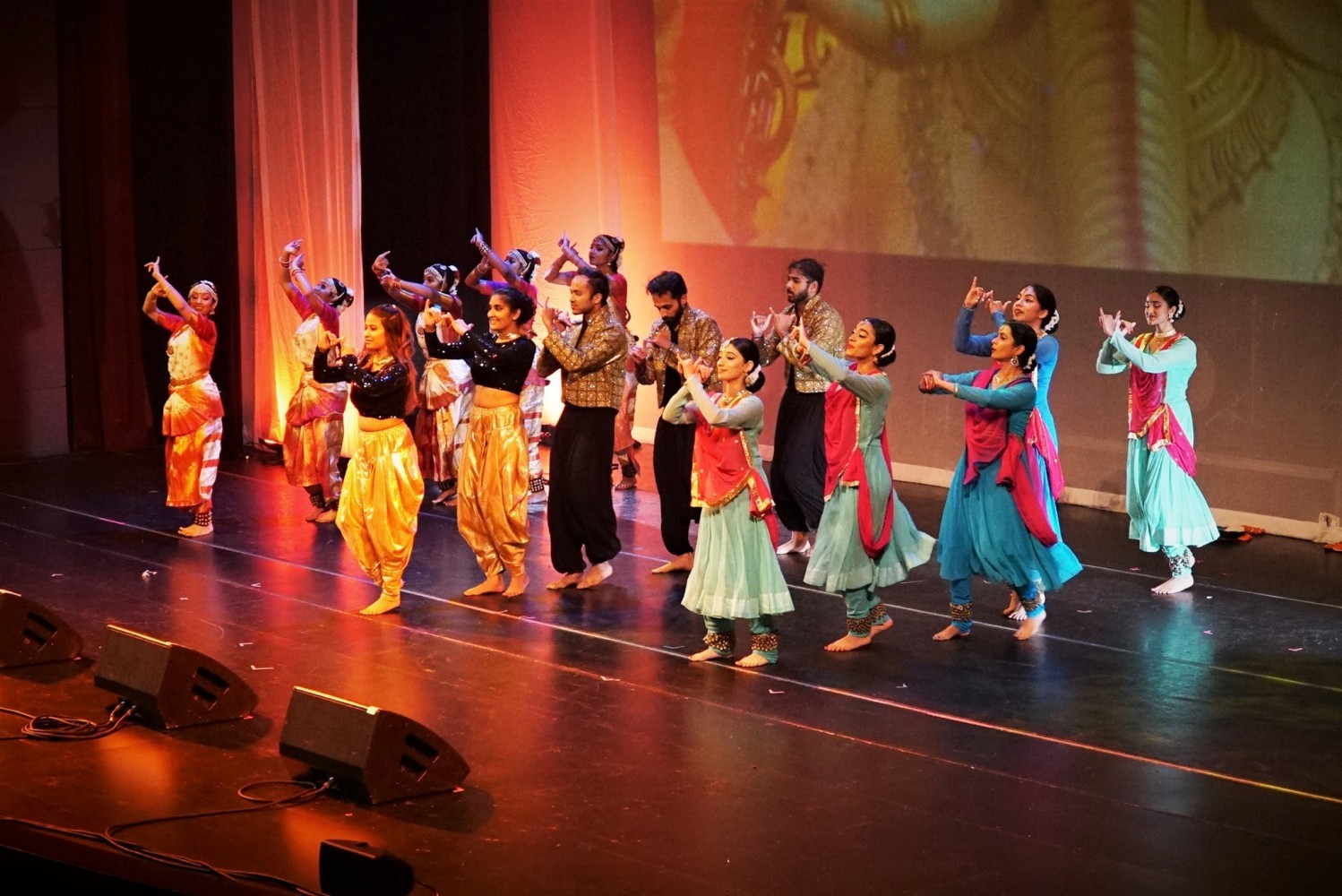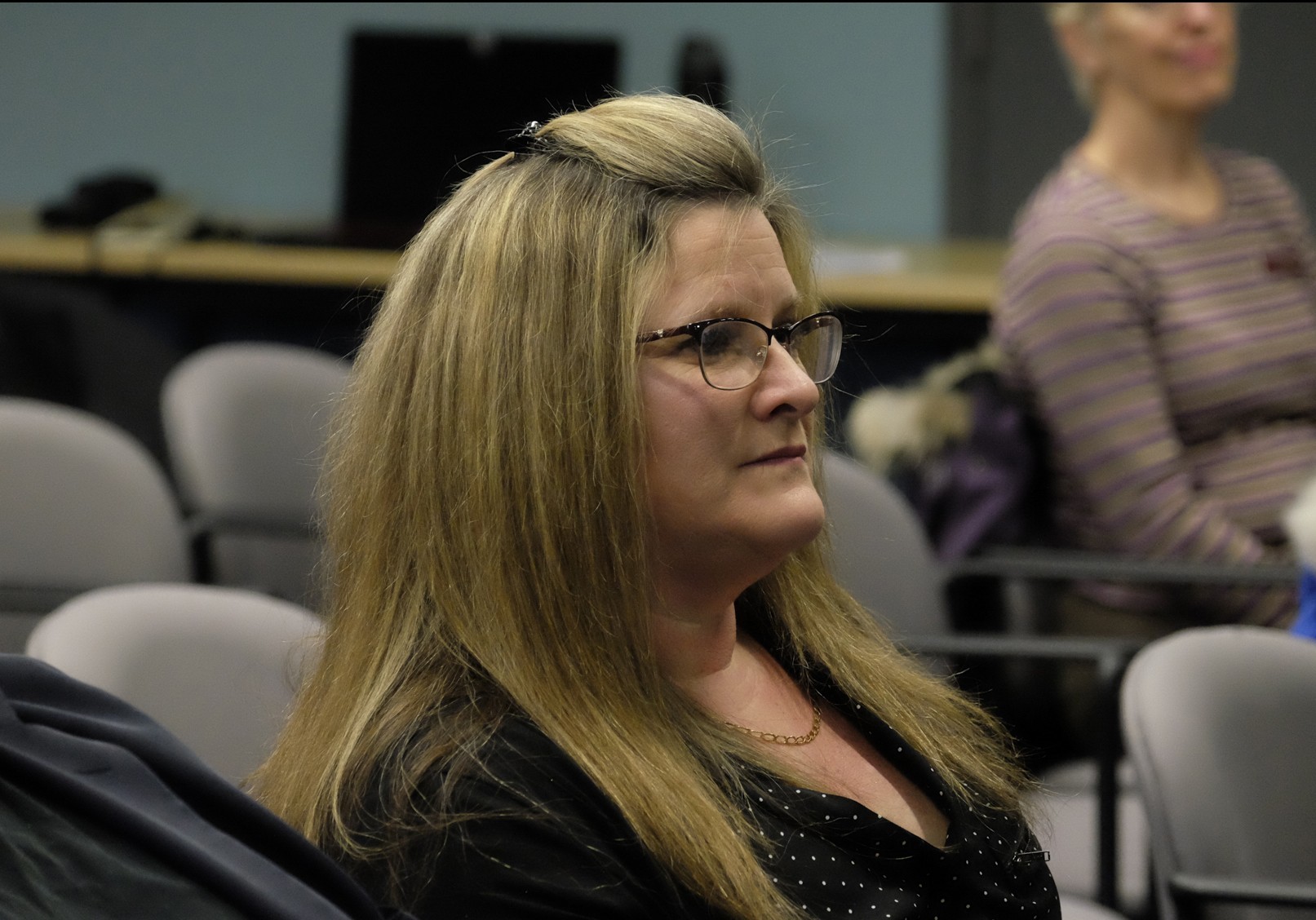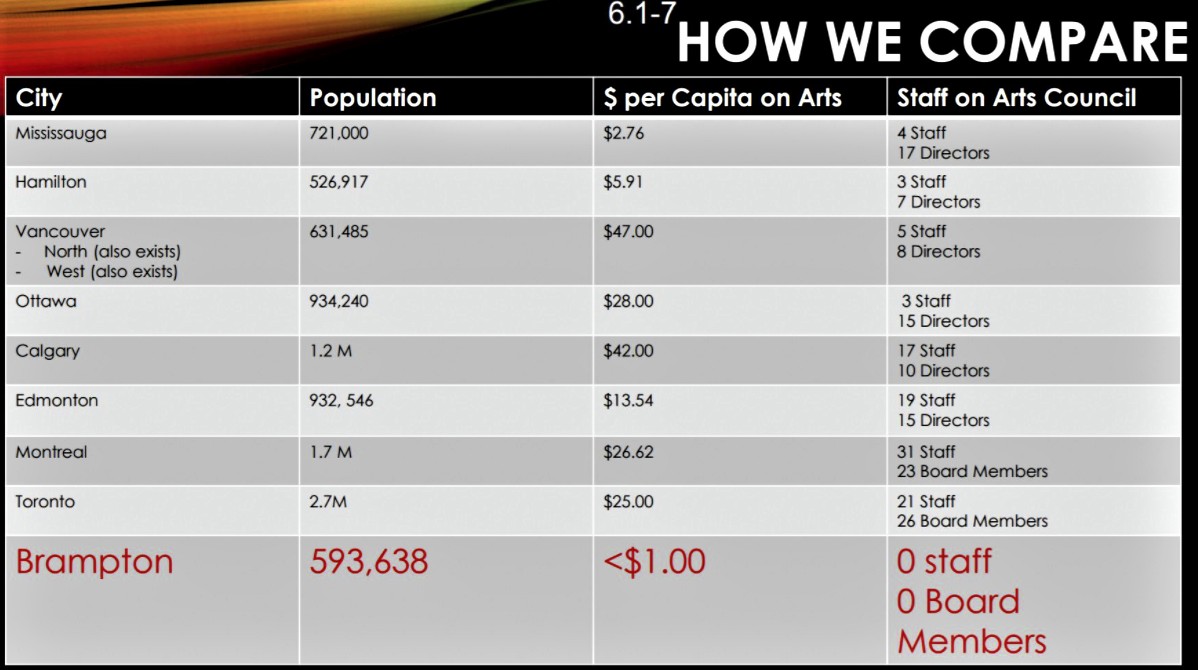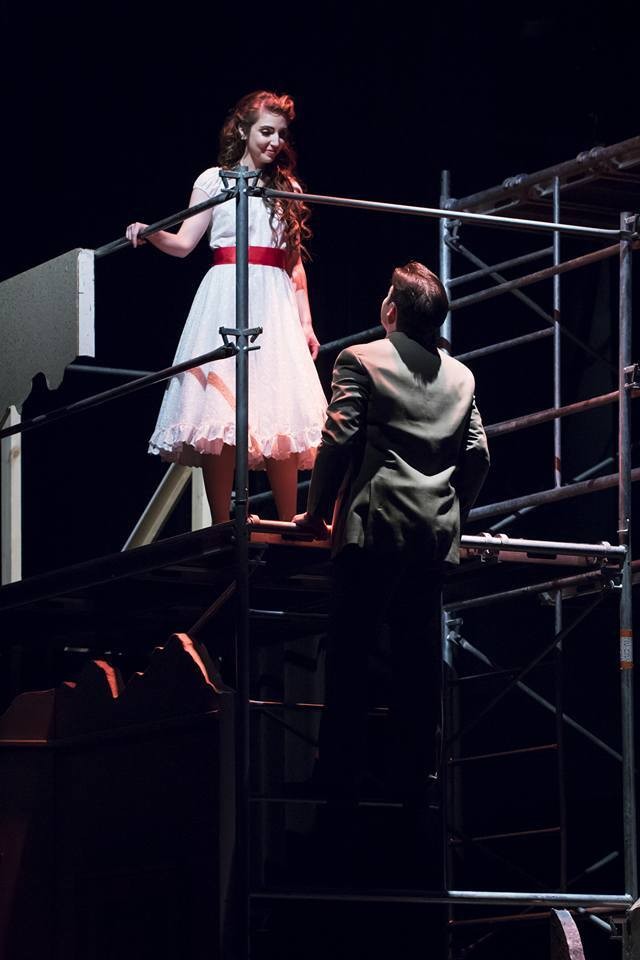
Brampton’s struggling arts community hopes new City Hall initiative will be free from political influence
The Creative City Network of Canada identifies arts and culture as powerful tools contributing to positive change within any community.
Activities help create dialogue between community members and a safe space for leadership and activism to be taught and learned.
The Vancouver-based organization is made up of municipalities and corporations across the country that want to support cultural development in their communities through different forms of art.
The City of Brampton has suffered on this front for years. It’s last arts-related organization, the Brampton Arts Council (BAC) was dismantled in 2015 after the City changed the way it was funding community organizations, following years of wide scale mismanagement under the leadership of former mayor Susan Fennell, who divided and politicized the arts community.
BAC was founded in 1978 and received most of its funding from the City in the 13 years before it ceased operations.
The group had obvious problems of its own. Sharon Vandrish, co-chair of the Brampton Arts Coalition Committee (BACC), told The Pointer there was no regular communication between the BAC and the leaders of different arts groups they were to assist, making their agenda unclear. Despite the problems, funding still flowed, but once the BAC was disbanded, Brampton’s local arts community was left without any support.

Sharon Vandrish, co-chair of the Brampton Arts Coalition Committee (BACC)
To change this, the BACC, made up of local artists and industry professionals, has been advocating for some sort of revival for the past three years. In a February 2019 presentation to council, the group illustrated just how bad things were in the city.
At the time, using a conservative population estimate of 594,000 residents, the city was putting less than a dollar per person toward the arts, the lowest among Canada’s big cities. Brampton had no city staff or board members dedicated toward an arts council. Mississauga was putting $2.76 toward the arts for each resident, and had 4 staff members and 17 arts directors at the time.
Changes were desperately needed.

The numbers show more funding for the arts is desperately needed in Brampton.
Vandrish and other local artists received some hope at a council meeting a little over two years ago. In January 2019, council approved the creation of the Arts, Culture and Creative Industry Development Agency (the Agency for short) to help revive Brampton’s creative industries. These industries are a key focus of the city’s future planning, as summarized in Brampton’s 2040 Vision, a detailed document outlining Brampton’s long-term growth model.
The creation of the Agency was a talking point in the City’s first Cultural Master Plan. Approved in 2018, it helped highlight why Brampton’s art scene was struggling and proposed a body devoted to arts and cultural development, which would help the city implement programs under one organized structure.
“The lack of such a [master] plan has led to an uncoordinated and reactive approach to issues as they emerge. Without a guiding strategy to provide course and direction, there has been confusion and some frustration amongst those active in the arts and cultural community,” the Master Plan states.
Nuvi Sidhu was hired last month as the chair of the panel that will incorporate the Agency. Sidhu, a project management consultant who has worked with local artists, will be responsible for hiring the rest of the panel.
It’s unclear how the hiring for the position was handled. The Pointer sent the City questions about the process and the project’s future but did not receive a response.
Vandrish said she was “pleased” with the announcement of the new hiring. While the original goal was to have the hiring done in the fall, given ongoing challenges due to the pandemic, she’s glad the hiring was even done.
While it’s a step in the right direction, there are still concerns around the project.
Besides the chair, the seven-member panel will include program lead Michael Vickers who was hired alongside Sidhu, one member of council, a local artist, and one creative entrepreneur, among others.
While Vandrish said she understands the importance of having panel members who specialize in finance, legal, and project management, to help run a successful organization, artists are the ones who know their craft and associated challenges because they face them every day.
She doesn’t believe having only one artist on the panel is a good model to follow because there isn’t going to be enough input from the community. “Who knows better what's going on and how to make things work in the arts groups than the arts leaders themselves,” Vandrish questioned. “In my opinion, it's still potentially flawed in having fair and equal balance for the arts leaders that are here, that are local.”
Having more than one artist on the panel could help address the problem of silos, as outlined in the Cultural Master Plan. This happens when the city’s arts communities don’t work together given many residents don’t see themselves represented in traditional cultural mediums, such as theatre (or a particular theatre) even if inclusivity is emphasized.
The concern is that in such a diverse city, cultural and artistic expression needs to be supported in an incredibly broad, inclusive way that doesn’t leave groups and communities on the sidelines.
It’s a problem Vandrish has faced. She’s having trouble getting members of the South Asian-Canadian community, who make up a majority of Brampton’s residents, to come out and see a musical, or go to another arts event and celebrate culture as a group. Similarly, the team behind Vibrant Brampton, a South Asian festival, says an issue they have is attracting members outside of the South Asian community, Vandrish said.
In such a plural community, programming for all the unique and diverse cultural interests can be impossible. In the past, Brampton, and its small number of arts groups, did a poor job of reflecting the demographics of the city.
But efforts have been made at City Hall to ensure municipal venues like the Rose Theatre focus on arts and cultural offerings that appeal to a broader range of Brampton’s residents.
It remains hard to bring everyone together, Vandrish said.

Due to pandemic restrictions, many types of performing arts have been significantly impacted.
There are other concerns around the timing of the project. The goal for the Agency is to become a self-funding organization that does not need taxpayer support. The plan, presented by staff in January 2020, states this won’t happen until 2024. “We can’t wait three more years,” Vandrish said.
Between 2020 and 2024, the City will put more than $3.3 million toward the project. It’s not clear if the pandemic will have an impact on the timeline or the project’s final cost. The staff report states $576,000 will go toward the plan this year, but a funding source is not included. The 2021 budget does not specifically mention the project.
Maintaining independence and being separated from politics is important, Vandrish said, as doing so will remove the “backroom conversations” from the mix. She says some arts groups believe the only way to get interest around their initiatives is to speak with a member of council privately and develop a connection with them, eventually gaining funding that may not be offered to other groups. It’s a reality when properly formulated processes do not exist.
Fennell came under fire for her relationship with arts groups, which were drawn into her broader network of political supporters, in exchange for her help.
It was a fraught period highlighted by an acrimonious end to the once venerated Brampton Symphony Orchestra, considered one of Canada’s best community symphonies. It folded shortly after 2013, when the City, under Fennell’s watch, banned it from performing in municipal venues such as the Rose, its previous home, following a feud with Fennell over funding irregularities by the former mayor’s private arts gala.
These types of political entanglements are something many artists want to avoid.
“I believe that the council should designate an amount of funds that the City will provide, and that the council is independent of political influence…[artists] shouldn’t be at the mercy of who they know,” Vandrish said.
According to the staff report, the city councillor named to the panel will be the last member designated. While staying independent from the City is the goal, having a council representative in such groups is standard.
The new hiring is bittersweet news for an industry that has struggled to survive throughout the pandemic, a dark drama Vandrish has had a front seat for as the president of the Brampton Music Theatre. The group was forced to move out from its previous home over the summer because of a lack of funds. Three other groups at the facility met the same fate, and one has since gone under, Vandrish said.
“We’ve all just been focused in the last year on trying to stay alive,” she said. “Performing arts in general has been destroyed by the pandemic.”
Email: [email protected]
Twitter: @nida_zafar
Tel: 416 890-7643
COVID-19 is impacting all Canadians. At a time when vital public information is needed by everyone, The Pointer has taken down our paywall on all stories relating to the pandemic and those of public interest to ensure every resident of Brampton and Mississauga has access to the facts. For those who are able, we encourage you to consider a subscription. This will help us report on important public interest issues the community needs to know about now more than ever. You can register for a 30-day free trial HERE. Thereafter, The Pointer will charge $10 a month and you can cancel any time right on the website. Thank you.
Submit a correction about this story


